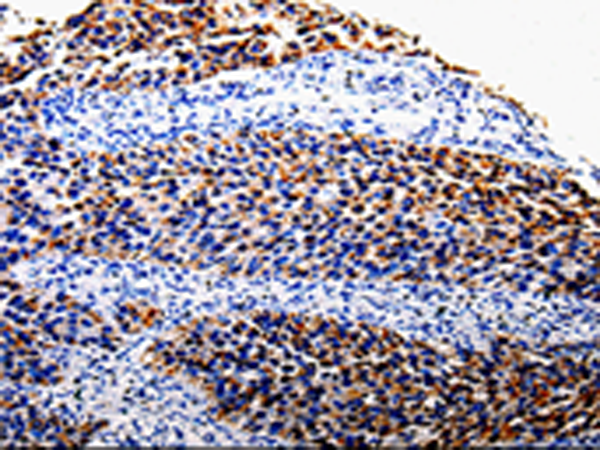中文名称:兔抗COX10多克隆抗体
|
Background: |
Cytochrome c oxidase (COX), the terminal component of the mitochondrial respiratory chain, catalyzes the electron transfer from reduced cytochrome c to oxygen. This component is a heteromeric complex consisting of 3 catalytic subunits encoded by mitochondrial genes and multiple structural subunits encoded by nuclear genes. The mitochondrially-encoded subunits function in electron transfer, and the nuclear-encoded subunits may function in the regulation and assembly of the complex. This nuclear gene encodes heme A:farnesyltransferase, which is not a structural subunit but required for the expression of functional COX and functions in the maturation of the heme A prosthetic group of COX. This protein is predicted to contain 7-9 transmembrane domains localized in the mitochondrial inner membrane. A gene mutation, which results in the substitution of a lysine for an asparagine (N204K), is identified to be responsible for cytochrome c oxidase deficiency. In addition, this gene is disrupted in patients with CMT1A (Charcot-Marie-Tooth type 1A) duplication and with HNPP (hereditary neuropathy with liability to pressure palsies) deletion. |
|
Applications: |
ELISA, IHC |
|
Name of antibody: |
COX10 |
|
Immunogen: |
Fusion protein of human COX10 |
|
Full name: |
COX10 homolog, cytochrome c oxidase assembly protein, heme A: farnesyltransferase |
|
SwissProt: |
Q12887 |
|
ELISA Recommended dilution: |
500-2000 |
|
IHC positive control: |
Human renal cancer |
|
IHC Recommend dilution: |
50-200 |

 购物车
购物车 帮助
帮助
 021-54845833/15800441009
021-54845833/15800441009
